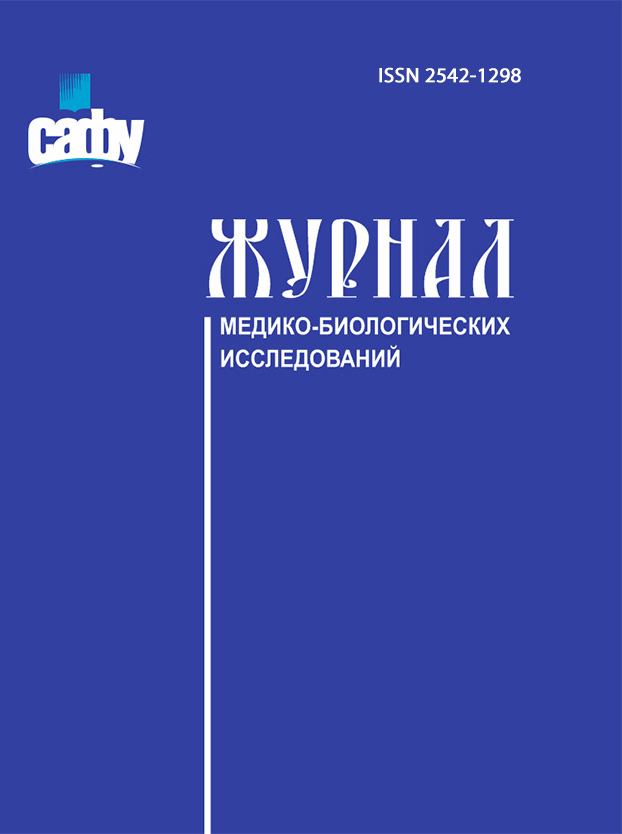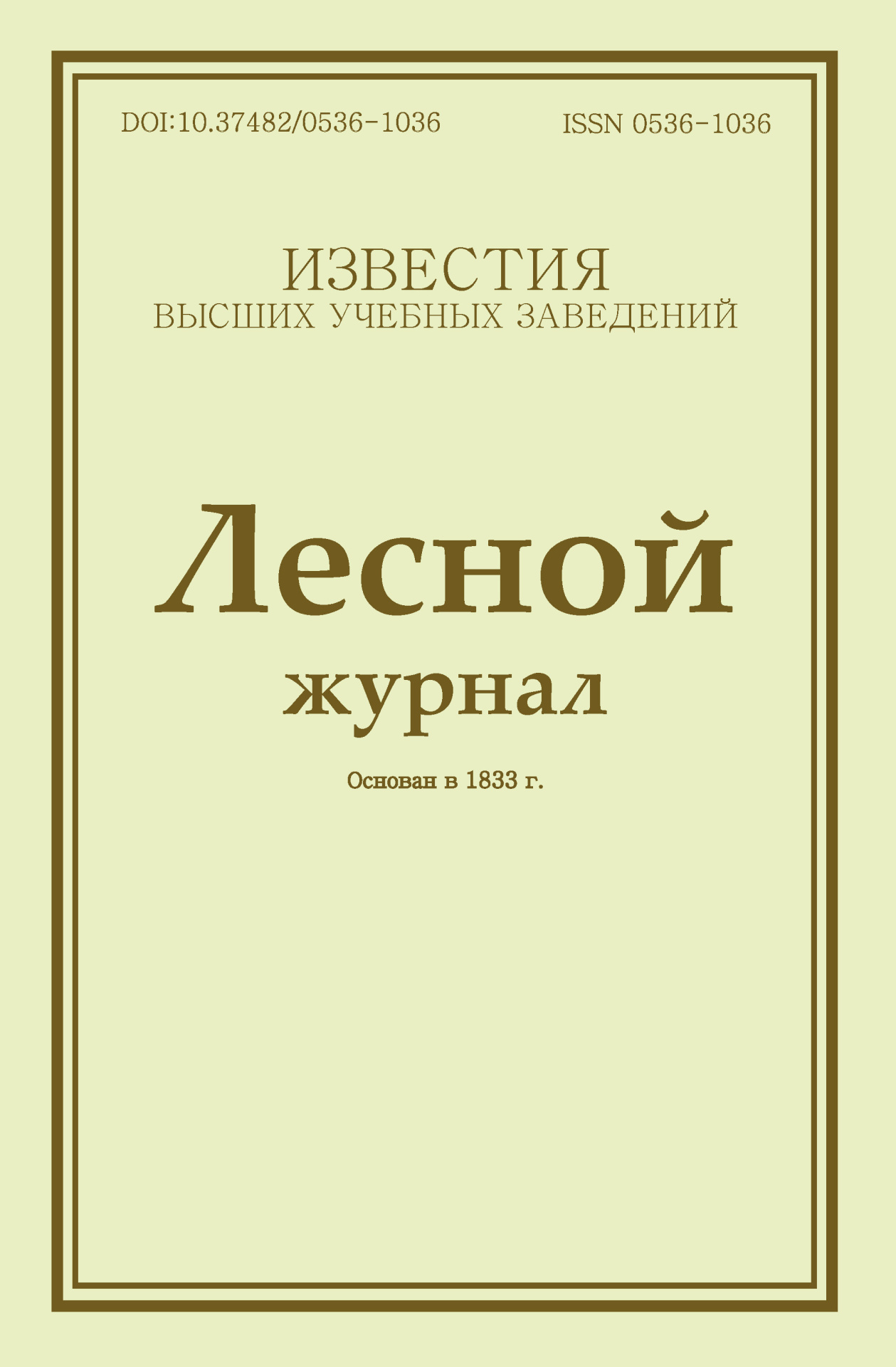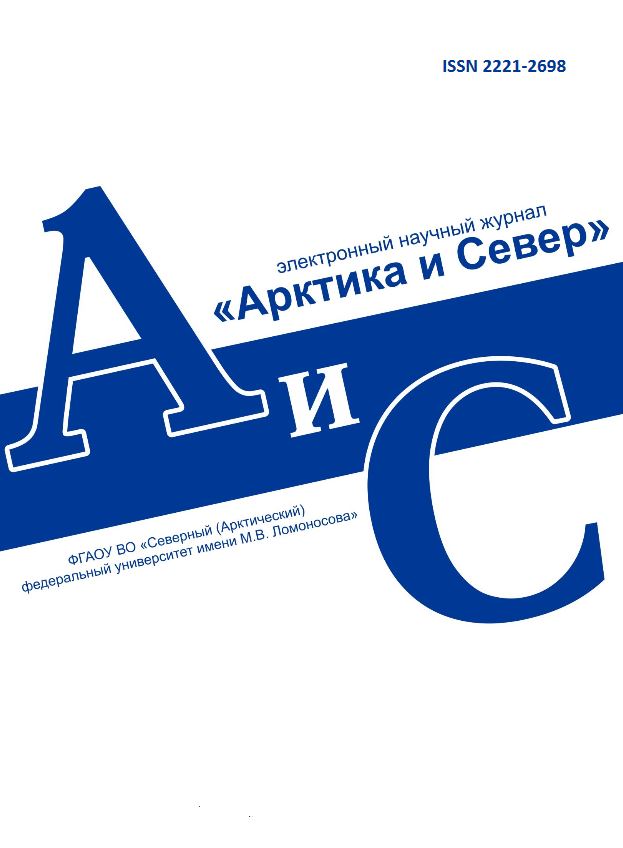
Vestnik of Northern (Arctic) Federal University.
Series "Humanitarian and Social Sciences"
ISSN 2227-6564 e-ISSN 2687-1505 DOI:10.37482/2687-1505
Legal and postal addresses of the founder and publisher: Northern (Arctic) Federal University named after M.V. Lomonosov, Naberezhnaya Severnoy Dviny, 17, Arkhangelsk, 163002, Russian Federation Editorial office address: Vestnik of Northern (Arctic) Federal University. Series "Humanitarian and Social Sciences", 56 ul. Uritskogo, Arkhangelsk
Phone: (8182) 21-61-20, ext. 18-20 ABOUT JOURNAL |
Section: Pedagogics. Psychology Download (pdf, 2.6MB )UDC372.851AuthorsAlekseeva Kristina ViktorovnaPostgraduate Student, Pskov State University (Pskov, Russia) e-mail: tina772006@yandex.ru AbstractProducing smart individuals is becoming one of the main tasks of education in Russia. Learning how to solve stereometric problems is essential for the intellectual development of various categories of pupils. However, numerous monitoring studies show that geometric knowledge and skills of senior pupils studying at secondary vocational schools and comprehensive school graduates have been steadily declining over the past decade. Thus, there is a need for further updating the methods of teaching mathematics, in particular geometry. With the development of information technologies, the opportunities of using e-learning and distance learning are steadily growing. By reasonably complementing the existing methods of teaching stereometry with some elements of e-learning, the teacher can extend the time frame of the educational process and solve his/her tasks more efficiently. This article describes the possible use of elements of distance learning to learn how to solve stereometric problems. The author has developed a model of using e-learning to learn how to solve stereometric problems. This model allows one to facilitate further development of spatial thinking in pupils through the: a) differentiation of stereometric material, taking into account the initial level of spatial thinking of each pupil; b) use of the tutorial developed by the author, helping one to learn how to solve stereometric problems; practical exercises in the tutorial are differentiated according to the individual characteristics of geometric thinking of each pupil; c) use of various means of interaction between pupils and the teacher, including distance learning technologies (chat, forum, etc.), to overcome the heuristic and personal difficulties pupils may encounter when solving stereometric problems on their own. Keywordslearning how to solve stereometric problems, distance learning, e-learningReferences
|
Make a Submission
INDEXED IN:
|
Продолжая просмотр сайта, я соглашаюсь с использованием файлов cookie владельцем сайта в соответствии с Политикой в отношении файлов cookie, в том числе на передачу данных, указанных в Политике, третьим лицам (статистическим службам сети Интернет).






